Quantum-Enabled Material Science and Advanced Propulsion: Revolutionizing Orbital Package Delivery
 Quantum Cyber Solutions
Quantum Cyber Solutions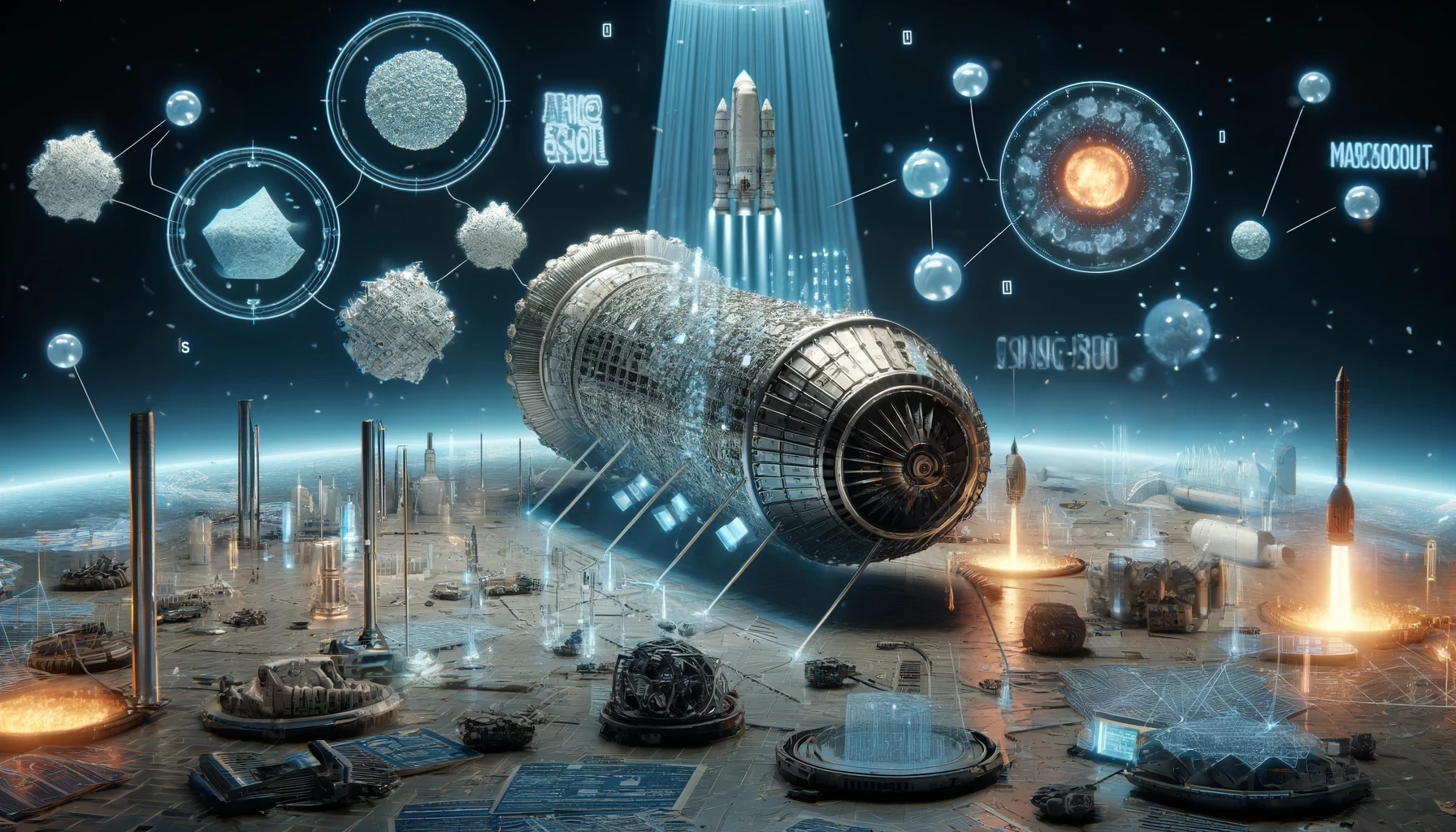
Published on
Friday, November 17, 2023
Quantum-Enabled Material Science and Advanced Propulsion: Revolutionizing Orbital Package Delivery
======================================================================================================
Authors

Name
Elon Tusk 😄
Twitter
🚀 The Importance of Materials and Propulsion in Orbital Package Delivery
In the demanding environment of space, the performance of orbital package delivery systems is largely determined by two critical factors: the materials used in their construction and the efficiency of their propulsion systems.
Spacecraft structures and heat shields must be lightweight yet strong enough to withstand the stresses of launch, orbital maneuvering, and atmospheric re-entry. Propulsion systems must be efficient, reliable, and capable of precise control to ensure accurate and timely delivery.
However, the discovery and development of advanced materials and propulsion technologies are often limited by the capabilities of classical computational methods. This is where quantum computing comes into play, offering unprecedented computational power to simulate, optimize, and predict the behavior of materials and propulsion systems at a fundamental level.
🧪 Quantum-Enabled Material Science
One of the most promising applications of quantum computing in orbital package delivery is in the field of material science. Quantum computers have the potential to revolutionize the discovery and development of new materials with exceptional properties, such as high strength-to-weight ratios, thermal stability, and radiation resistance.
Quantum Simulation of Materials
At the heart of quantum-enabled material science is the ability to simulate the behavior of materials at the atomic and molecular level. Quantum computers can efficiently solve the complex quantum mechanical equations that govern the interactions between atoms and molecules, enabling the prediction of a material's properties from first principles.
By using quantum algorithms such as the Variational Quantum Eigensolver (VQE) or the Quantum Phase Estimation Algorithm (PEA), researchers can simulate the electronic structure of materials with unprecedented accuracy. This allows for the identification of materials with desirable properties for spacecraft applications, such as:
- Lightweight, high-strength composites for spacecraft structures
- Thermal protection materials with high melting points and low thermal conductivity for heat shields
- Radiation-resistant materials for electronics and sensors
Quantum simulation can also aid in understanding the degradation and failure mechanisms of materials under the extreme conditions of space, such as high temperatures, radiation exposure, and micrometeoroids impacts. This knowledge can inform the development of more durable and resilient materials for long-term space missions.
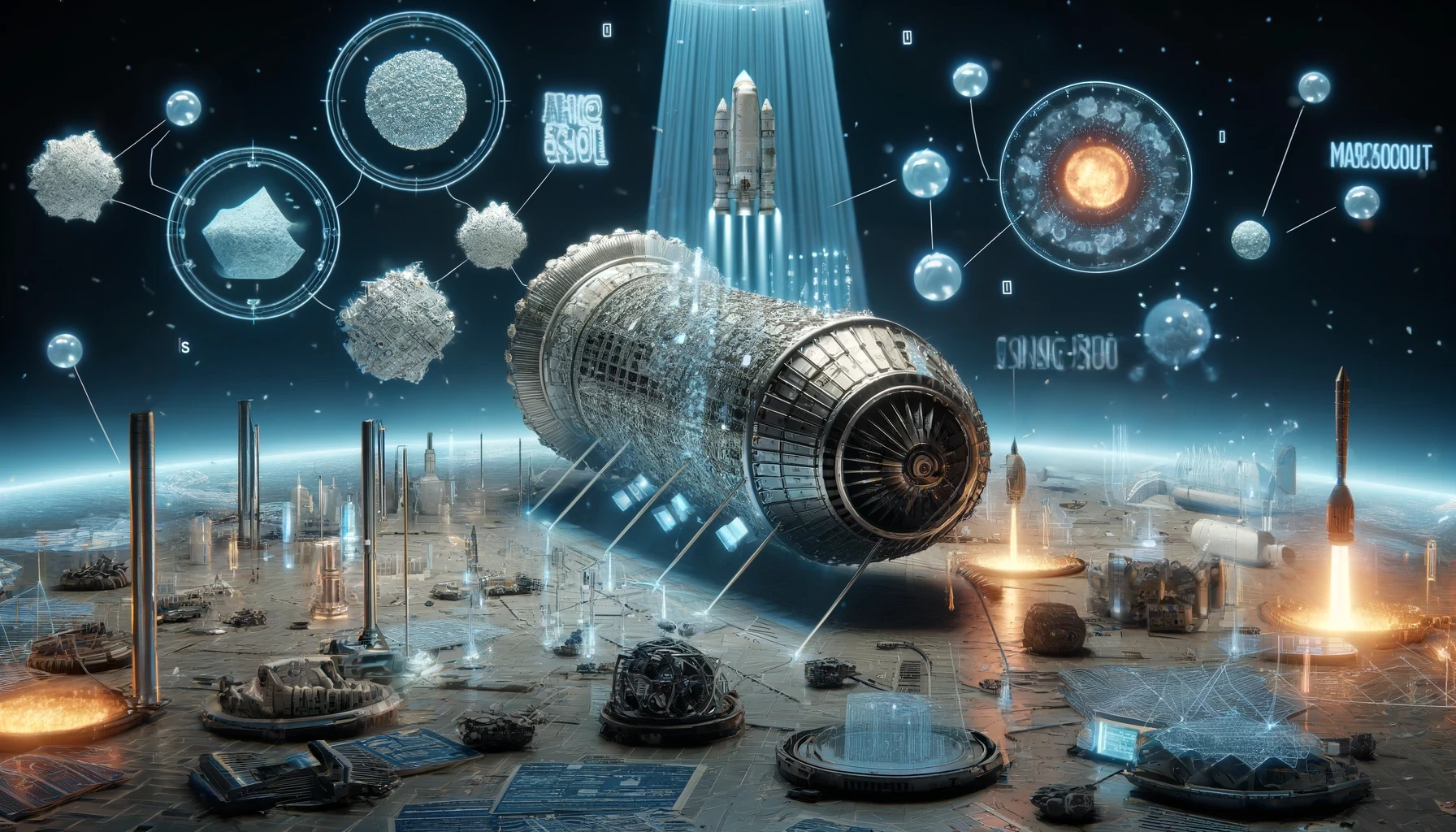
Quantum Machine Learning for Materials Discovery
In addition to quantum simulation, quantum machine learning algorithms can accelerate the discovery of new materials with tailored properties. By training quantum machine learning models on vast datasets of known materials and their properties, researchers can identify patterns and correlations that may lead to the discovery of novel materials.
Quantum machine learning can also be used to develop predictive models for material degradation and failure. By analyzing data from sensors and monitoring systems on spacecraft, these models can identify early warning signs of material deterioration, allowing for proactive maintenance and the prevention of catastrophic failures.
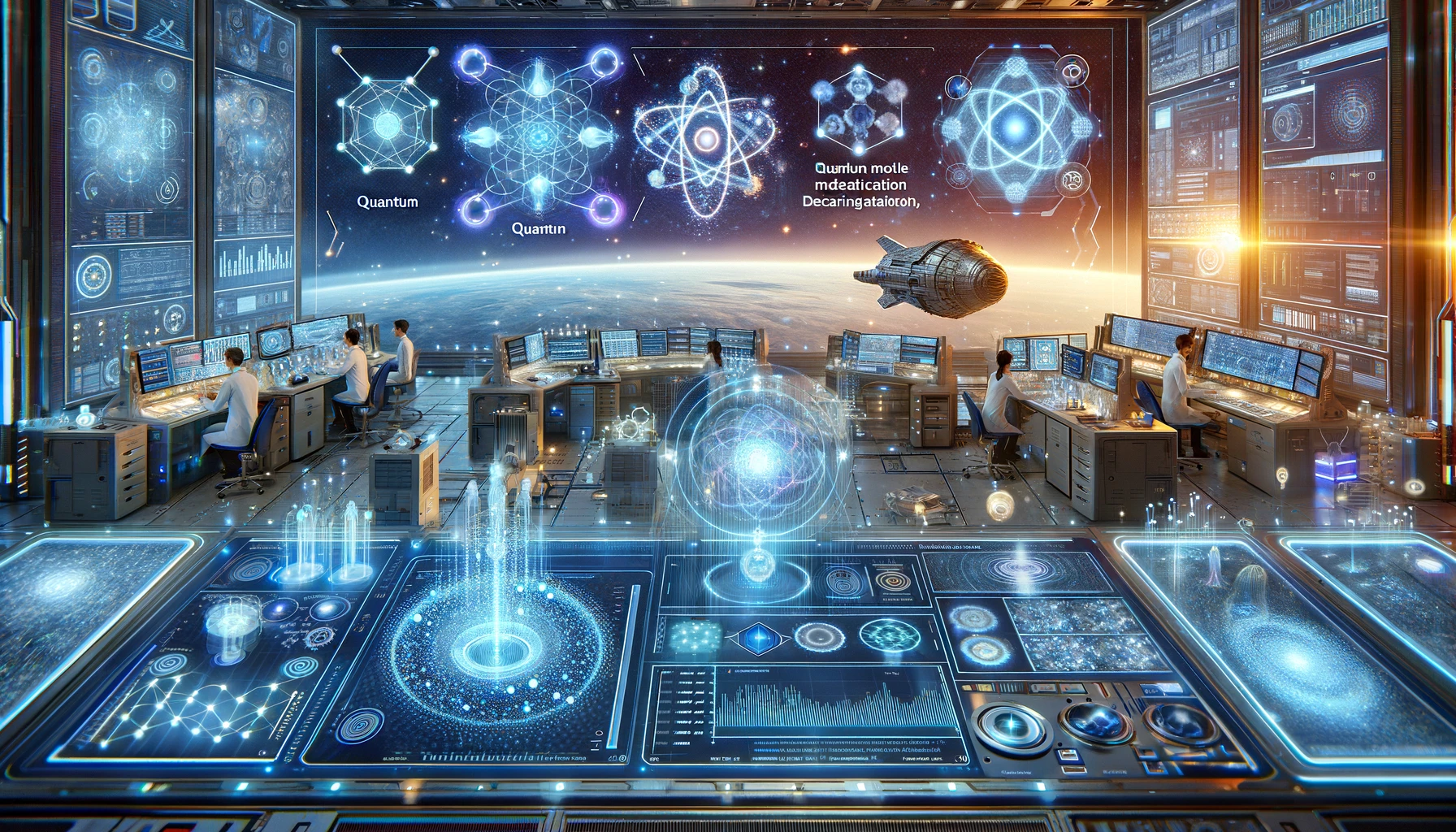
🔥 Quantum-Optimized Advanced Propulsion
Another key application of quantum computing in orbital package delivery is the optimization of advanced propulsion systems. Quantum optimization algorithms can help design more efficient and effective propulsion technologies, such as ion engines, plasma thrusters, and other electric propulsion systems.
Quantum Optimization of Propulsion Systems
The performance of advanced propulsion systems depends on a complex interplay of factors, such as the configuration of electromagnetic fields, the shape and material of electrodes, and the flow of propellant. Optimizing these parameters to maximize thrust, specific impulse, and efficiency is a computationally intensive task that can benefit greatly from quantum optimization.
Quantum optimization algorithms, such as the Quantum Approximate Optimization Algorithm (QAOA), can find near-optimal solutions to these complex optimization problems much faster than classical methods. By encoding the propulsion system parameters into a quantum circuit and iteratively optimizing the circuit's output, QAOA can identify the best configurations for maximizing performance.
Some potential applications of quantum optimization in advanced propulsion include:
- Optimizing the magnetic field topology and strength in ion engines to maximize ion extraction and acceleration
- Designing the shape and material of electrodes in plasma thrusters to minimize erosion and maximize lifetime
- Optimizing the propellant flow rate and distribution in electrostatic thrusters to maximize thrust and efficiency
By leveraging quantum optimization, researchers can design advanced propulsion systems that are more efficient, durable, and capable of meeting the demands of orbital package delivery.
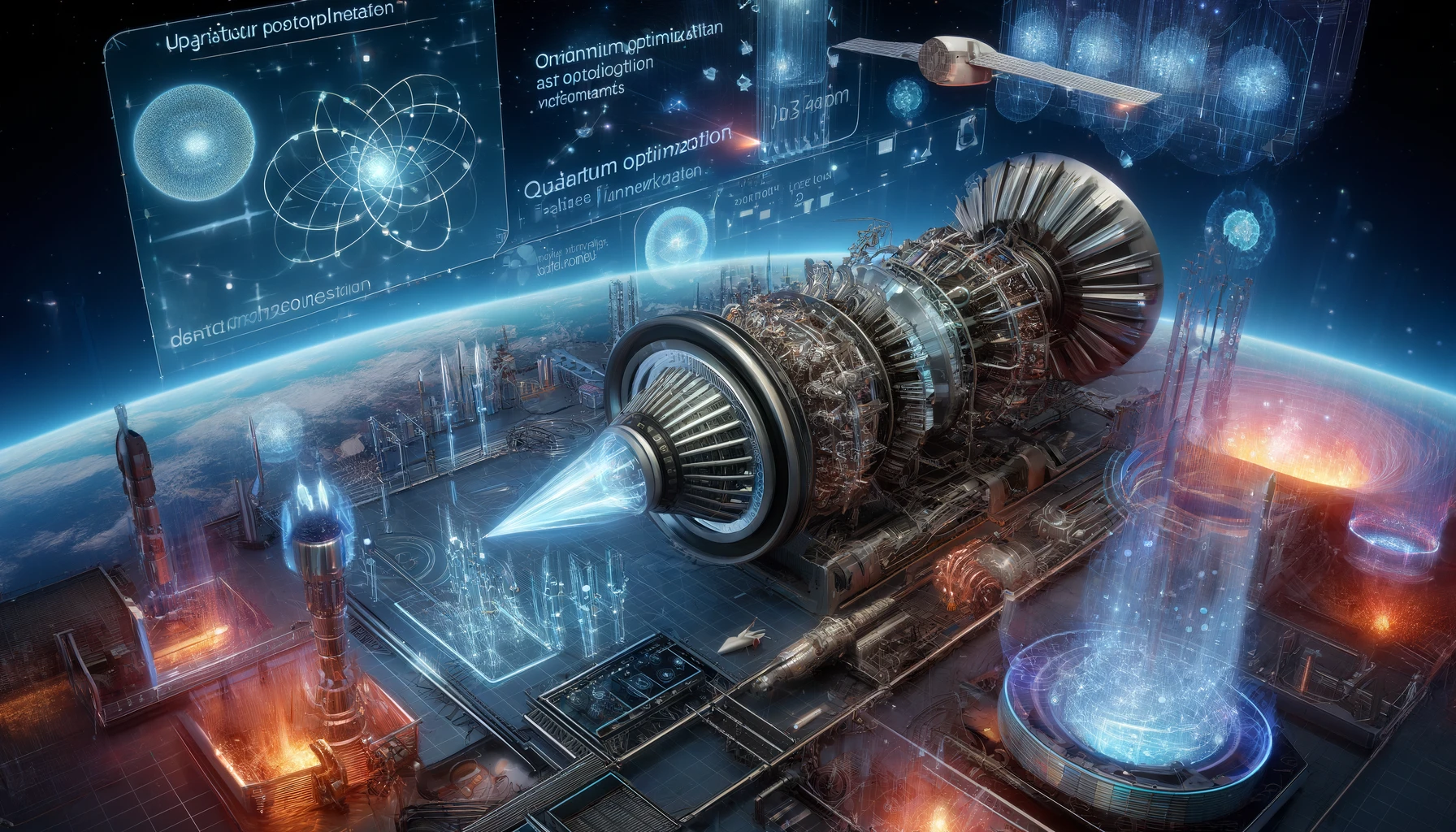
Quantum Simulation of Propulsion Physics
In addition to optimization, quantum simulation can also aid in understanding the fundamental physics of advanced propulsion systems. By simulating the behavior of plasmas, electromagnetic fields, and other complex phenomena at a quantum level, researchers can gain new insights into the mechanisms of propulsion and identify potential areas for improvement.
Quantum simulation algorithms, such as the Quantum Linear System Algorithm (QLSA) or the Quantum Imaginary Time Evolution (QITE) algorithm, can efficiently solve the complex partial differential equations that govern the physics of propulsion systems. This can enable the simulation of large-scale, high-fidelity models of propulsion systems that are intractable with classical methods.
Some potential applications of quantum simulation in advanced propulsion include:
- Simulating the behavior of plasmas in electric thrusters, including ionization, acceleration, and beam-plasma interactions
- Modeling the magnetic nozzle physics in plasma thrusters, including the effects of anomalous transport and instabilities
- Simulating the erosion and degradation of electrodes and other components in electric thrusters due to sputtering and other processes
By leveraging quantum simulation, researchers can develop a deeper understanding of the physics of advanced propulsion systems, enabling the design of more efficient, reliable, and long-lasting thrusters for orbital package delivery.
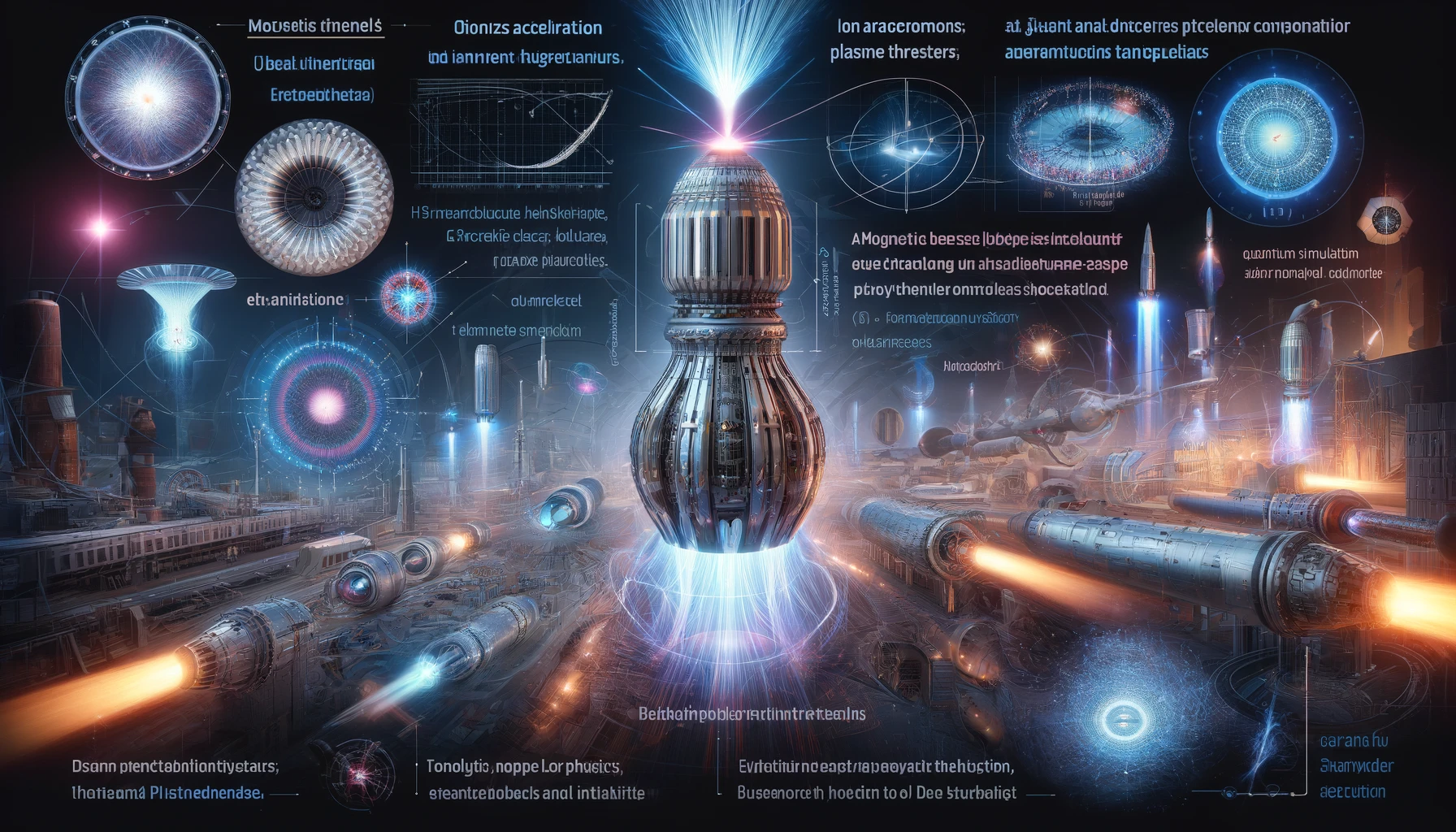
🔮 The Future of Quantum-Enabled Materials and Propulsion
As quantum computing technologies continue to advance, their impact on material science and advanced propulsion for orbital package delivery will only grow. In the coming years, we can expect to see even more powerful quantum computers, more sophisticated quantum algorithms, and more seamless integration with classical computational methods.
Some potential future developments include:
- The discovery of entirely new classes of materials with exotic properties, such as superconductivity, topological insulation, or self-healing capabilities
- The development of multi-scale, multi-physics simulations that can model the behavior of materials and propulsion systems from the quantum level to the macroscopic scale
- The integration of quantum optimization and machine learning into the design and control of advanced propulsion systems, enabling real-time adaptation and optimization during flight
By embracing the potential of quantum-enabled material science and advanced propulsion, the orbital package delivery industry can unlock new levels of performance, efficiency, and capability, paving the way for a new era of space logistics.
🌟 Conclusion
Quantum computing is set to revolutionize the fields of material science and advanced propulsion, with profound implications for the orbital package delivery industry. By leveraging the power of quantum simulation, optimization, and machine learning, researchers and engineers can discover new materials, design more efficient propulsion systems, and gain deeper insights into the fundamental physics of space flight.
As the space logistics industry continues to grow and evolve, the integration of quantum technologies into material science and propulsion will become increasingly critical to maintaining a competitive edge. Those companies that invest in these cutting-edge technologies will be well-positioned to lead the charge into a new era of space logistics, one defined by unparalleled performance, efficiency, and sustainability.
Discuss on Twitter • View on GitHub
Tags
Previous Article
The Quantum Revolution: Current State of Quantum Computing Hardware and the Challenges Ahead
Next Article
Exploring the Fundamental Principles of Quantum Mechanics vs. Classical Physics
Subscribe to my newsletter
Read articles from Quantum Cyber Solutions directly inside your inbox. Subscribe to the newsletter, and don't miss out.
Written by
